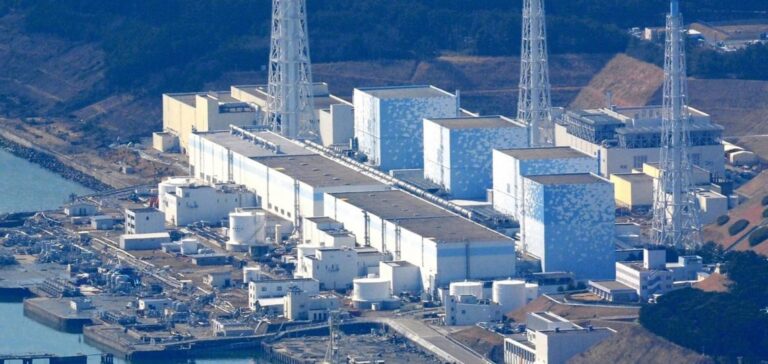The Tokyo Electric Power Company (Tepco) has confirmed the extraction of a second radioactive debris sample from one of the damaged reactors at the Fukushima Daiichi nuclear plant, more than 14 years after the nuclear accident caused by an earthquake and tsunami. The removal of these debris remains one of the most complex aspects of the decommissioning project due to the high radiation levels of the materials involved.
A high-risk experimental process
The Japanese government specified that this sampling was conducted at a different location from the first, carried out in November. The goal is to identify the characteristics and distribution of the molten materials in order to adjust methods for future extraction phases. Foreign Minister Yoshimasa Hayashi stated that the analysis of the first sample, weighing less than 0.7 grams, will guide the larger-scale decommissioning operations.
According to Tepco, around 880 tonnes of highly radioactive materials remain on-site, spread across the three reactors that suffered partial meltdowns in March 2011. This step is part of a decommissioning plan that spans three to four decades, requiring the development of innovative robotic technologies to safely handle the materials.
Technological developments and current limitations
Lake Barrett, special advisor to the Japanese government for the Fukushima project, indicated that the removal of these materials requires an innovative technological approach: “Tepco needs to develop robots that we have never designed before. But the foundations are there for the technology to make it happen,” he told AFP.
In parallel, robots have been deployed on-site to move sandbags used to absorb contaminated water in the basements. In March, another phase of the process began with these underground operations. Moreover, Japan continues to gradually release treated wastewater stored on-site since the disaster into the Pacific Ocean.
Commercial and diplomatic consequences
The release of treated wastewater, approved by the International Atomic Energy Agency (IAEA), has triggered immediate economic reactions. China banned imports of Japanese seafood, followed by Russia. Although independent samples revealed no anomalies according to Beijing, Chinese authorities have maintained the ban, calling for further tests before lifting the restriction.
The Fukushima decommissioning program remains one of the most closely monitored industrial projects in the global energy sector. The technical progress of the operations continues to be closely observed by markets, particularly for its implications on international nuclear safety standards.





















